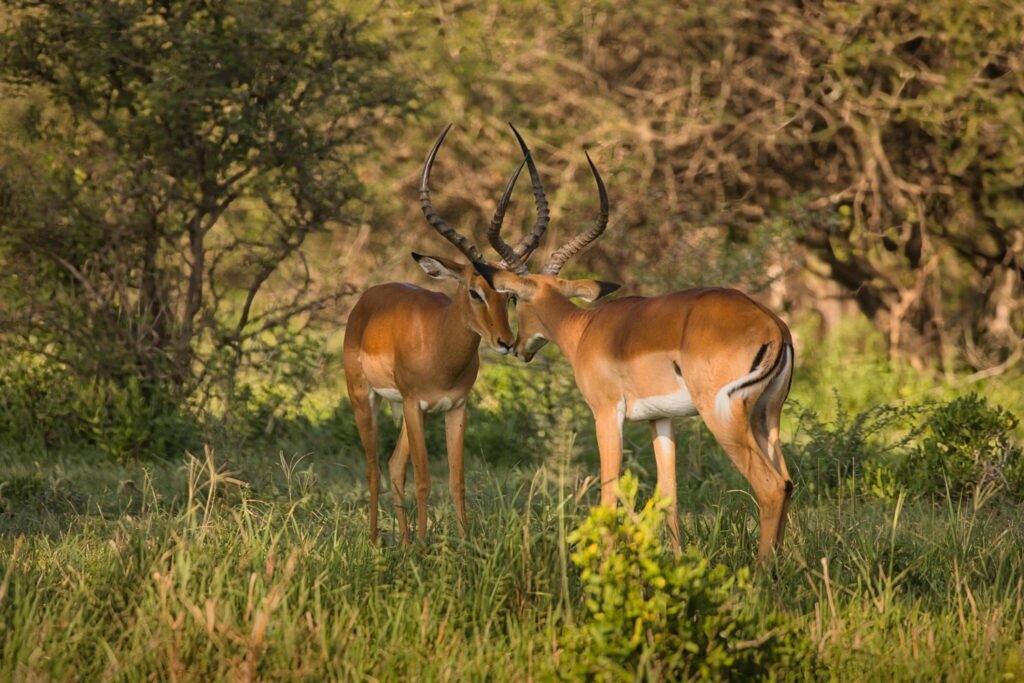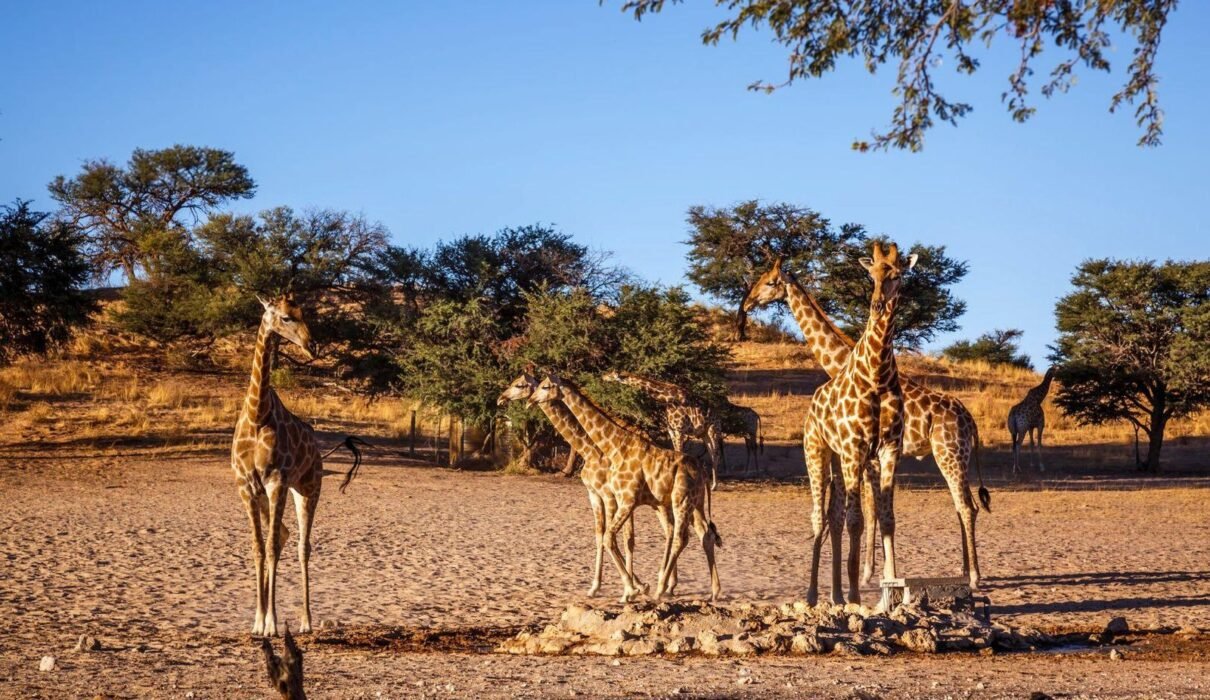All You Need to Know to Plan an Epic Serengeti Safari : The Serengeti National Park is one of Africa’s most iconic safari destinations, famous for its stunning landscapes, rich biodiversity, and the annual migration of millions of animals. Whether you’re an experienced traveler or embarking on your first safari, planning an unforgettable trip to the Serengeti requires careful consideration. In this guide, we’ll provide everything you need to know to plan an epic Serengeti safari, from when to visit and what to pack, to the best wildlife viewing opportunities.

All You Need to Know to Plan an Epic Serengeti Safari : Why Choose the Serengeti for Your Safari?
The Serengeti is renowned for its vast open plains, abundant wildlife, and incredible natural beauty. Stretching over 30,000 square kilometers, this UNESCO World Heritage site is home to the Great Migration, the “Big Five,” and some of the best game-viewing experiences in Africa. Here’s why a Serengeti safari should top your travel list:
1. The Great Migration
The Serengeti is world-famous for the Great Migration, where over 1.5 million wildebeest, along with zebras and gazelles, move across the plains in search of fresh grazing. This is one of the most spectacular wildlife events on Earth and a major draw for visitors.
Learn more about the Great Migration with Kilimanjaro Climb Specialist
2. The Big Five
The Serengeti offers the chance to see the Big Five—lions, leopards, elephants, rhinos, and buffalo—in their natural habitat. Lions are particularly abundant, and you may even witness a pride hunting on the plains.
3. Incredible Landscapes
From the endless savannahs to the kopjes (rocky outcrops) and the Grumeti River, the Serengeti boasts breathtaking landscapes that provide a stunning backdrop for your safari.
All You Need to Know to Plan an Epic Serengeti Safari : When Is the Best Time to Visit the Serengeti?
Timing your trip is crucial to making the most of your Serengeti safari. The park offers something unique in every season, but the best time to visit depends on your wildlife viewing goals.
1. June to October (Dry Season)
This is the best time for wildlife viewing, as animals congregate around water sources and the vegetation is less dense, making it easier to spot game. It’s also the peak season for witnessing the Great Migration river crossings at the Mara River, typically from July to September.
2. November to May (Green Season)
The wet season brings lush, green landscapes and is an excellent time for birdwatching and seeing newborn animals. Calving season happens in February, offering a chance to see baby wildebeest and predators in action.
Plan your ideal safari season with Eddy Tours Safaris
All You Need to Know to Plan an Epic Serengeti Safari : Top Routes and Areas to Explore in the Serengeti
The Serengeti is divided into several regions, each offering unique experiences and landscapes. Depending on your interests, you may want to explore different areas of the park.
1. Central Serengeti (Seronera Valley)
This area is known for its year-round wildlife, particularly large predator populations such as lions and leopards. It’s a popular area for game drives and offers a high concentration of animals throughout the year.
2. Western Corridor
The Western Corridor is famous for the Grumeti River, where you can witness the dramatic river crossings during the Great Migration. This area is also known for its high concentrations of hippos and crocodiles.
3. Northern Serengeti
This is the place to be if you’re looking to see the Mara River crossings during the Great Migration. The Northern Serengeti is less crowded than the central areas and offers a more remote safari experience.
Discover the best safari routes in the Serengeti with Kilimanjaro Climb Specialist
All You Need to Know to Plan an Epic Serengeti Safari : What to Pack for Your Serengeti Safari
Packing the right gear is essential to ensure a comfortable and enjoyable safari experience. Here’s a checklist of the essential items to bring for your Serengeti safari:
1. Clothing
- Light, breathable clothing for daytime, as temperatures can be warm
- Warm layers for early morning and evening game drives, as it gets cool
- Neutral-colored clothing to blend in with the environment (avoid bright colors)
- Comfortable walking shoes for exploring campgrounds or walking safaris
2. Sunscreen and Sunglasses
The African sun can be intense, so make sure to bring high-SPF sunscreen and a good pair of UV-protective sunglasses.
3. Binoculars and Camera
A pair of binoculars will help you spot distant wildlife, and a good camera is essential for capturing those once-in-a-lifetime moments.
4. Insect Repellent
Make sure to pack insect repellent, particularly for dusk and dawn when mosquitoes are most active.
All You Need to Know to Plan an Epic Serengeti Safari : Types of Safari Experiences in the Serengeti
The Serengeti offers a range of safari experiences, each offering a different way to explore the park’s stunning wildlife and landscapes. Here are some of the top ways to enjoy your Serengeti safari:
1. Game Drives
The most popular way to explore the Serengeti is via game drives, where you’ll be driven through the park by an experienced guide. Morning and evening drives are particularly rewarding for spotting wildlife.
2. Hot Air Balloon Safaris
For a truly unforgettable experience, consider a hot air balloon safari over the Serengeti at sunrise. From the sky, you can take in panoramic views of the landscape and spot herds of animals moving below.
Book your hot air balloon safari with Eddy Tours Safaris
3. Walking Safaris
For a more intimate experience with nature, opt for a walking safari. Led by expert guides, you’ll learn about the smaller details of the Serengeti’s ecosystem, from plants and insects to tracks left by animals.
All You Need to Know to Plan an Epic Serengeti Safari : Where to Stay in the Serengeti
Accommodations in the Serengeti range from luxury lodges to budget-friendly camps, ensuring there’s something for every type of traveler.
1. Luxury Safari Lodges
For those looking for a premium experience, luxury lodges offer elegant accommodations with stunning views of the savannah. These lodges often come with swimming pools, gourmet dining, and private game drives.
2. Tented Camps
Tented camps provide an authentic safari experience without sacrificing comfort. They offer an opportunity to sleep under the stars while still enjoying amenities like en-suite bathrooms and comfortable beds.
Find the perfect accommodations with Kilimanjaro Climb Specialist

All You Need to Know to Plan an Epic Serengeti Safari : FAQs
1. How long should I plan for a Serengeti safari?
A typical Serengeti safari lasts 3 to 7 days, depending on how much of the park you want to explore. If you want to combine the Serengeti with other parks, consider a 7 to 10-day itinerary.
2. Do I need vaccinations for a Serengeti safari?
Yes, certain vaccinations such as yellow fever and malaria prophylaxis may be required or recommended. Always check with a travel health clinic before your trip.
3. Can I combine a Serengeti safari with other parks?
Absolutely! Many travelers combine the Serengeti with other famous Tanzanian parks like the Ngorongoro Crater, Tarangire National Park, or Lake Manyara.
4. What is the best way to see the Great Migration?
The best way to witness the Great Migration is by visiting between July and September for the Mara River crossings, but the migration occurs year-round in different parts of the Serengeti
All You Need to Know to Plan an Epic Serengeti Safari : Ready to Plan Your Serengeti Safari?
A Serengeti safari is an experience like no other, offering breathtaking wildlife encounters, unforgettable landscapes, and unique cultural experiences. Whether you’re witnessing the Great Migration or enjoying a quiet game drive at sunrise, the Serengeti promises an adventure that will stay with you forever
Start planning your Serengeti safari with Kilimanjaro Climb Specialist
Book your safari experience with Eddy Tours Safaris

